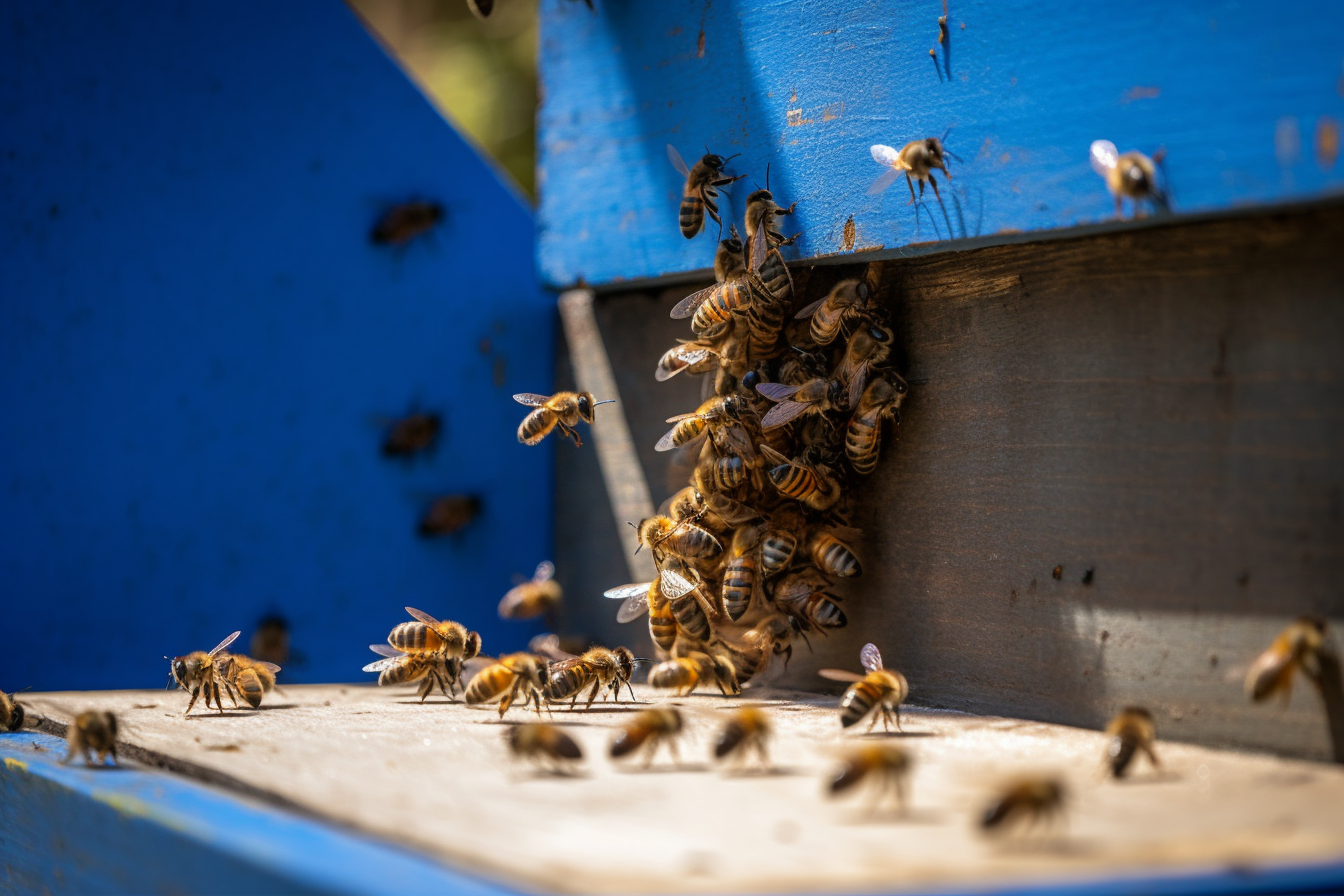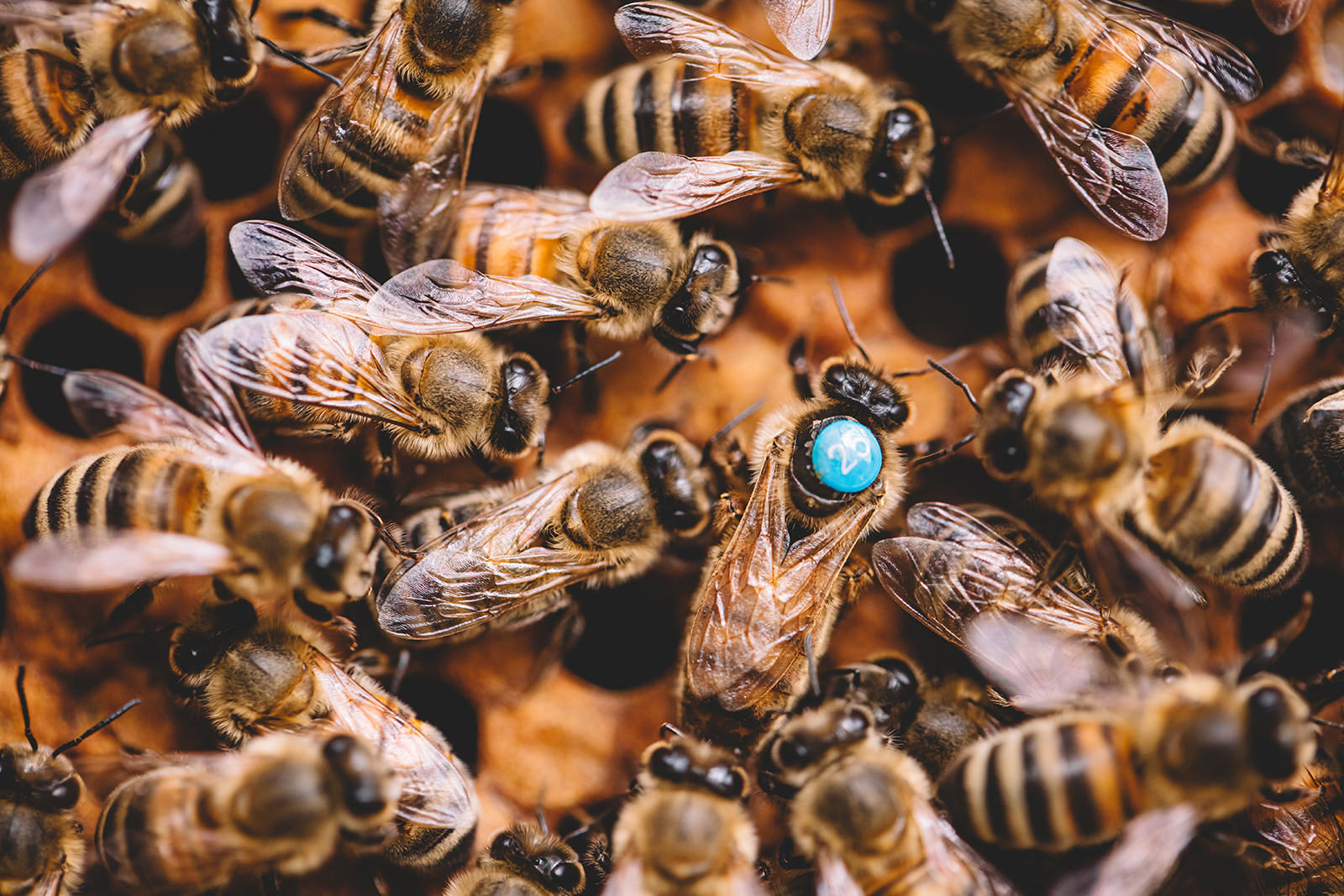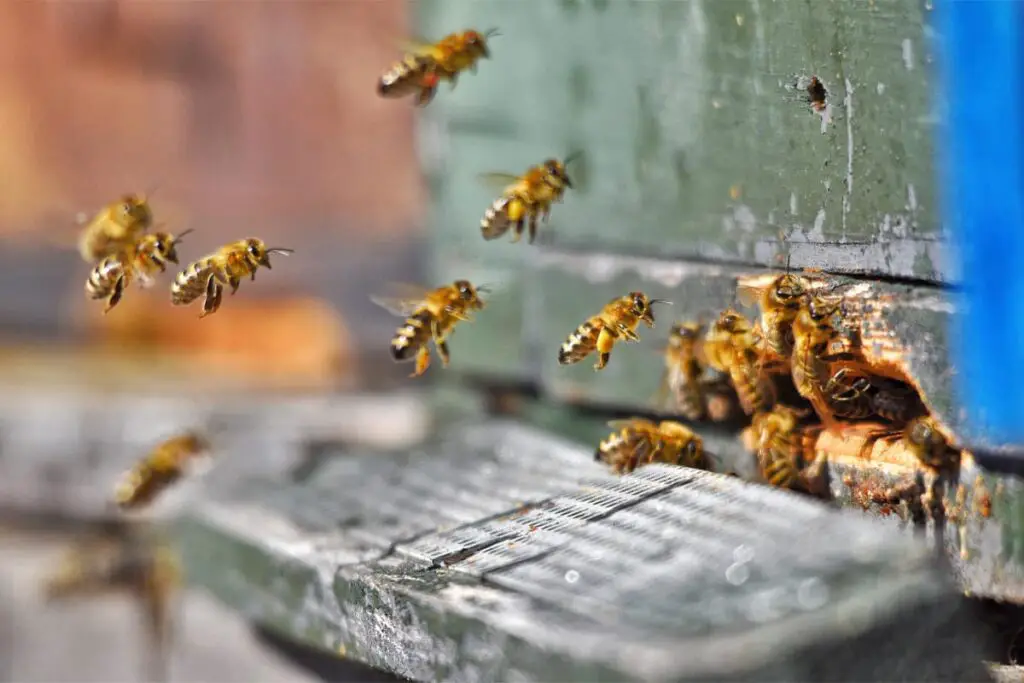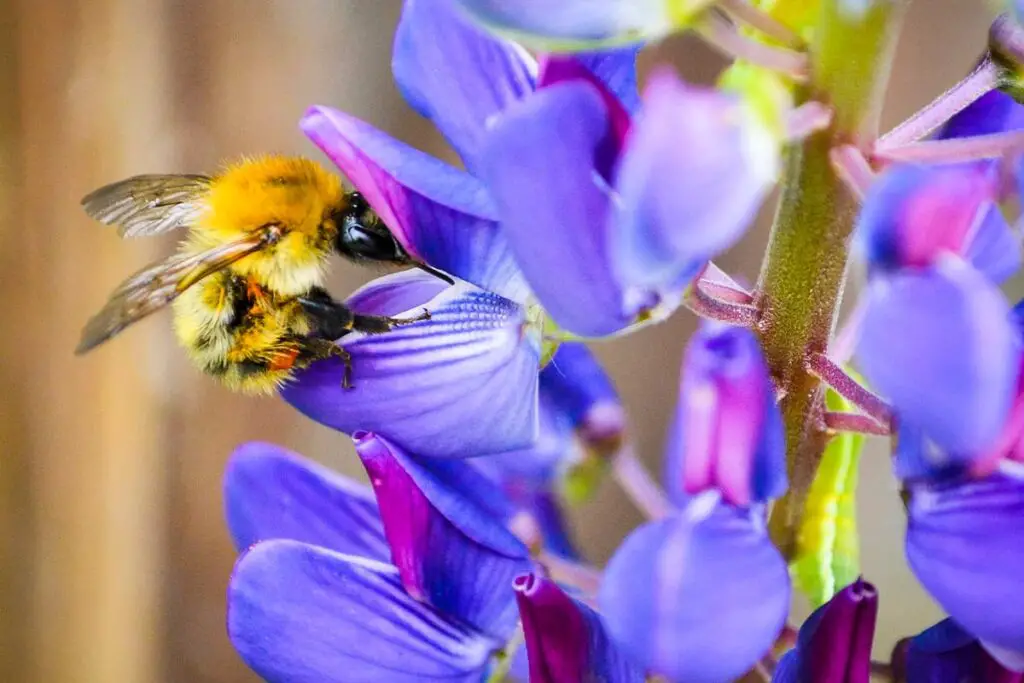
Bees are fascinating creatures with a well-structured social hierarchy within their colonies. The queen bee plays a vital role in the survival and reproduction within the hive. However, there are instances when bees may reject a queen, leading to unique changes within the colony dynamics. Understanding the reasons behind this rejection can help improve our knowledge of these complex insects and their role in the ecosystem.
Bees may choose to reject a queen due to several factors, including incompatibility with the colony, a lack of trust, or her inability to reproduce efficiently. In such cases, the worker bees will act to eliminate the queen, as they perceive her presence as harmful to the colony’s survival and well-being.
This response is often driven by the bees’ unfamiliarity with her scent of pheromones, which leads them to view the new queen as an intruder and threat to the colony’s success.
Factors Leading to Queen Rejection
Pheromone Imbalance
A key factor in queen rejection is the imbalance of pheromones. The worker bees in a colony recognize their queen through her unique pheromones. These pheromones act as a signature scent and are essential for maintaining order and communication within the hive. According to Beekeeping Insider, if the bees in the colony detect an unfamiliar scent they may reject the queen. This can occur when a new queen is introduced to the colony and her pheromones do not align with the expectations of the worker bees.
Mating and Fertility Issues
Another crucial factor affecting queen acceptance is mating and fertility. For a queen to be accepted by the colony, she must be capable of reproducing efficiently. As stated by Misfit Animals, bees may reject a queen if they don’t trust her or if she’s incapable of reproducing. A queen’s fertility issues can lead to decreased egg-laying, which may prompt the worker bees to seek a replacement.
Genetic Factors
Genetic factors also play a role in queen rejection. Compatibility between the queen and the colony is essential for acceptance. According to the same Misfit Animals article, bees may reject a queen if she’s incompatible with the colony. A queen’s genetic traits can influence her compatibility with the worker bees, and if her genes do not align well with the needs and preferences of the colony, they may choose to reject her in favor of a more suitable candidate.

Queen Introduction Methods
There are several methods used by beekeepers to introduce a new queen to a hive. These include Direct Release, Indirect Release, and Customary Techniques.
Direct Release
Direct Release is a method of introducing a new queen bee to the colony by placing her directly into the hive. This method can sometimes result in the queen’s rejection and death, as the worker bees may view her as an intruder. It is essential for the beekeeper to release the queen carefully to minimize stress and monitor the colony’s behavior towards her to detect any signs of rejection, such as chasing or clamping onto the queen’s legs or wings (Busy Beekeeping).
Indirect Release
Indirect Release is a safer and more common method of introducing a new queen bee to a hive. In this technique, the queen is placed inside a small cage, which is then inserted into the hive. The cage allows the worker bees to become familiar with the queen’s pheromones and accept her as their leader over time. The cage typically contains a candy plug that the worker bees consume, gradually releasing the queen while preventing her from being attacked (Beekeeping Insider).
Customary Techniques
Aside from Direct and Indirect Release, some beekeepers employ their customary or traditional methods of introducing a new queen to a hive. One such technique involves the use of smoke before opening the hive, followed by several puffs onto the frames. This method helps calm the bees and prevents aggressive behavior towards the queen. Another technique involves delaying the queen’s introduction until the residual pheromones from a previously deceased queen have subsided, ensuring the new queen is not seen as an intruder.
Minimizing Rejection Risks
Timing and Colony Conditions
One of the key factors that influence the acceptance of a new queen is the timing and colony conditions. A study conducted by Busy Beekeeping showed that bees were more open to accepting a queen during the summer when the egg-laying rate was already declining. To minimize rejection risks, introducing a new queen in a more favorable season may improve her acceptance rate.
Additionally, ensuring the colony is queenless for a suitable period before introducing a new queen allows the workers to recognize the necessity of having a queen. This would make them more receptive when a new queen is introduced.
Proper Handling and Transport
Another important aspect to minimize queen rejection is to pay attention to the proper handling and transport of the new queen. Incorrect practices used by beekeepers when introducing the new queen can lead to rejection. Worker bees recognize their queen through her unique pheromone signature, so allowing the new queen’s pheromones to spread within the hive before releasing her can help ease the acceptance process.
A few methods to ensure proper handling and transport include:
- Placing the new queen in a protective cage inside the colony, allowing the workers to become familiar with her scent before her release.
- Transporting the queen in a suitable container with appropriate temperature and humidity levels to maintain her good health during transit.
- Supervising the introduction process closely, to ensure compatibility and monitor for any signs of aggression from worker bees.
Dealing with Queenless Colonies
When a bee colony loses its queen, it’s crucial to address the situation promptly and efficiently. This section will discuss two methods to deal with queenless colonies: Emergency Queen Rearing and Combining Colonies.
Emergency Queen Rearing
Emergency queen rearing is the process where the worker bees rapidly create a new queen by selecting a young larva and providing it with royal jelly. This method can save a queenless colony by ensuring a new queen emerges in a short period. The steps involved are:
- Locate a frame with eggs or very young larvae in another healthy colony.
- Remove the selected frame and brush off the adult bees.
- Insert the frame into the queenless colony.
- Monitor the queenless colony for queen cell development.
- Once queen cells are formed, reduce their number to one or two to prevent swarming.
- Wait until the new queen emerges, mates, and starts laying eggs (around 3 weeks).
Combining Colonies
Another solution to deal with queenless colonies is to combine them with a queen-right colony. Combining two colonies will strengthen the queen-right colony and save the queenless colony from potential collapse.
Here are the steps to combine colonies:
- Ensure that the queen-right colony is healthy and free of diseases or pests.
- Place a sheet of newspaper with a few small holes on top of the queen-right colony’s frames.
- Place the queenless colony on top of the newspaper.
- The bees will slowly chew through the newspaper, allowing both colonies to gradually mix and familiarize themselves with each other’s scents.
- After a few days, remove the newspaper remnants, and the colonies should be combined successfully.
Both Emergency Queen Rearing and Combining Colonies provide solutions to help queenless colonies recover and maintain their stability.
Conclusion
Bees may reject a queen for various reasons such as her incompatibility with the colony, an unfamiliar scent or pheromones, or her inability to reproduce efficiently. In these cases, the workers perceive the new queen as a threat and may kill her to protect the colony.
When the queen is rejected or dies, the colony undergoes significant changes. The workers are affected by the absence of the queen’s well-being pheromones, and the colony must quickly take action to ensure its survival. This may include the emergence of new queens that fight for dominance, or even the colony swarming.
Understanding the reasons behind queen rejection and the dynamics within bee colonies can provide valuable insights for beekeepers to manage their hives more effectively. Therefore, it is crucial to monitor the hive’s health, identify any potential issues related to the queen, and address them promptly to ensure the well-being of the colony.
Driven by a passion for those tiny creatures that rule our world, we at Bug Domain strive to be your go-to resource for information on insects.



